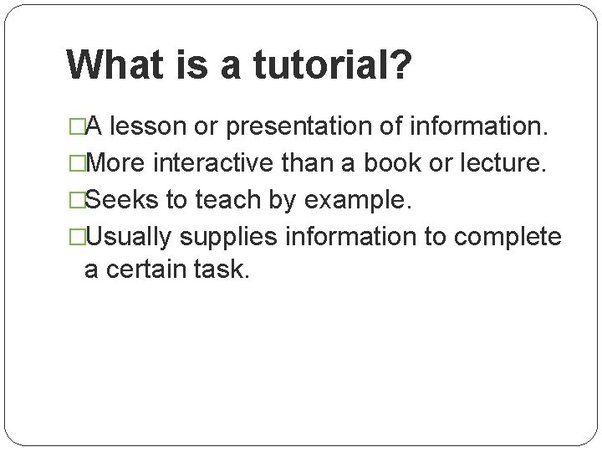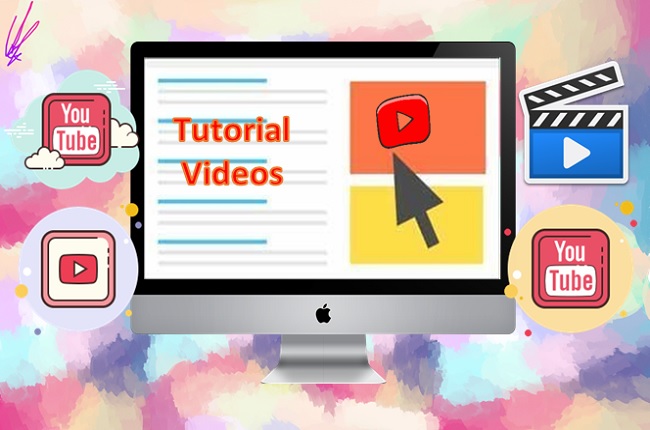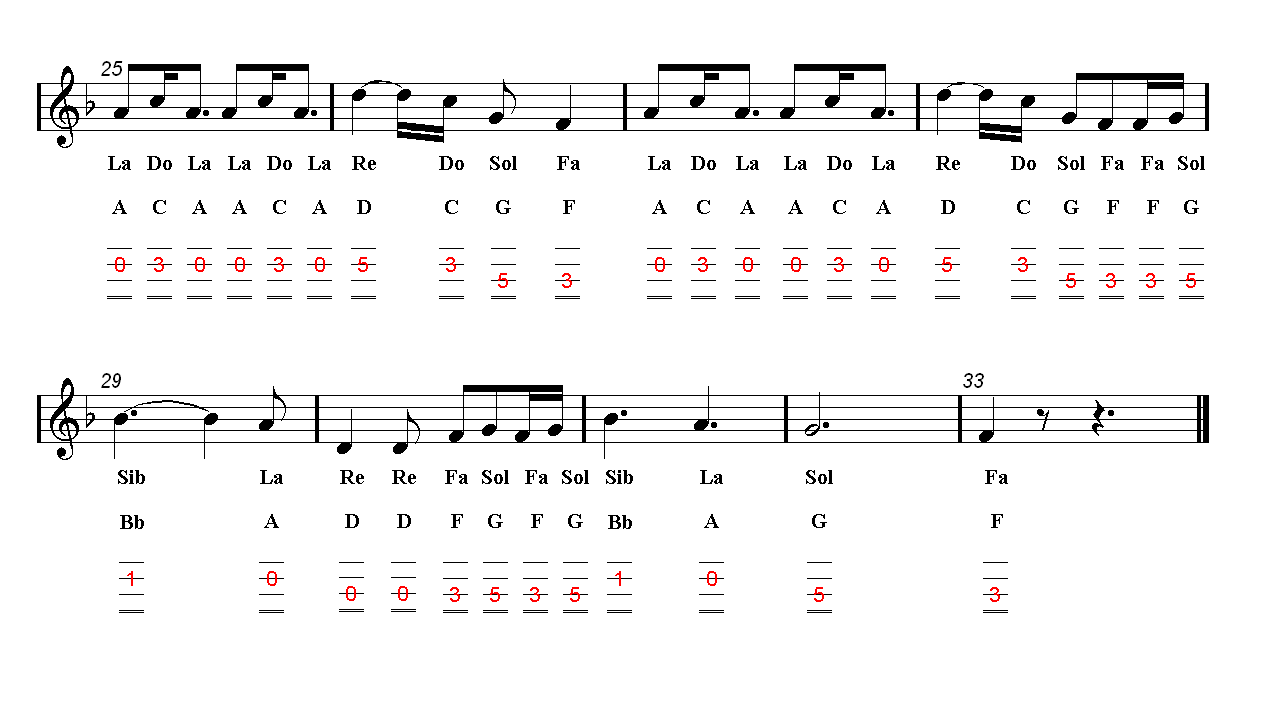What does tutorial mean? Tutorials are short, interactive sessions that are intended to supplement lectures. They provide some teaching or grading and are interactive in nature. Sometimes, they are recorded. In either case, a tutorial is a great way to get students to learn. Let’s take a look at what this term means. Despite the name, the definition of a tutorial is a little bit more complex than it seems.
Tutorials are small group sessions designed to complement lectures
A tutorial is a small group session that students have one to two times a week. These are often held in a college classroom and last about an hour. They are designed to complement lecture-based learning by integrating presentations, discussions, projects, debates, and other classroom techniques. If you are dreading running a tutorial, here are some tips:
Unlike lectures, tutorials are typically conducted in smaller classes than lectures, providing individualized attention to each student. The ideal tutorial class size is five to eight students. However, a tutorial can also be conducted with up to twenty students, although careful planning is necessary. Although smaller group sizes are more effective, large group sessions can still provide many benefits of small-group learning. So, if you’re planning a future course that includes tutorials, here are some tips to get you started.
Students benefit from tutorials because they can have a conversation with their tutor. Tutorials allow students to ask questions, discuss ideas in depth, and receive individual feedback. Oxford courses often include a combination of lectures, seminars, and language classes. In addition, the core teaching method is centered on conversations between student and tutor. This allows students to receive personalised attention from academic experts. If you’re thinking about taking a course at Oxford, tutorials are definitely worth the time and effort.
They can be interactive
Interactive tutorials can be designed to provide feedback to students. Video, for example, does not have the same control over content as curriculum, and it also lacks some effects that can make the experience more engaging. To maximize the effectiveness of interactive tutorials, consider the following factors: audience, context, and capabilities. More bells and whistles reduce the level of interactivity. Interactive tutorials should emphasize student involvement and feedback. Interactive tutorials should be complemented by written feedback.
An interactive tutorial is a logically structured set of navigable web pages that convey a specific learning outcome. A recorded tutorial, on the other hand, contains a video of a subject expert performing a demonstration. A sample of a recorded tutorial can be seen here. This video shows an audio narration over PowerPoint slides. The tutorial features a demonstration of the software program Catalogue. The tutorial can also be accessed by clicking a small icon in the upper right corner of the interface.
They can be recorded
Screencasts are an excellent choice for tutorial videos. They can be created using a screen recording software and let viewers follow along step-by-step. Screencasting software is available for free, such as RecTrace. Remember to record your screencasts in a quiet room with good acoustics. Remember that screencasts capture everything you see on your computer monitor, so keep private data out of sight. Listed below are some tips for making screencasts.
When creating a tutorial, consider what your audience needs and what skills you have to offer. If you are not a professional in that area, consider the skills you want to develop. If you know a skill that is adjacent to your product, demonstrating it will build trust and credibility with your audience. You may also choose to film on location with multiple speakers, which is more complex than screen recording. Regardless of what type of tutorial you are creating, the process should begin with an introduction.



